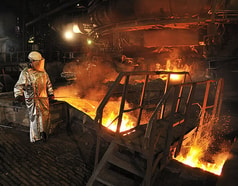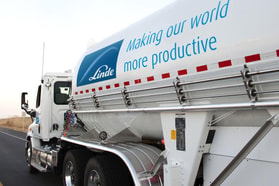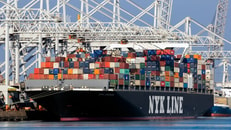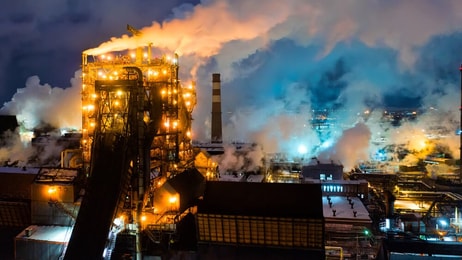Global CCUS projects pipeline is maturing, says IEA
Carbon capture, utilisation and storage projects are shifting from planning to execution, according to the latest update from the International Energy Agency (IEA), with a growing number of large-scale developments reaching final investment decision (FID) or breaking ground in new regions and sectors.
The IEA’s CCUS Projects Database update, covering developments between Q1 2024 and Q1 2025, shows that while overall capture capacity in operation remains modest at just over 50 million tonnes of CO2 per year, the share of projects at advanced stages or under construction has now risen to 60% of the global pipeline.
If all projects under construction are completed, operational capacity would almost double, marking a first since the IEA began tracking CCUS progress.
Several ‘first-of-a-kind’ projects moved forward in 2024. These include the UK’s first natural gas power plant with carbon capture, set to capture two million tonnes of CO2 annually, and the largest carbon dioxide removal (CDR) project to reach final investment: a combined heat and power facility in Sweden.
... to continue reading you must be subscribed




























